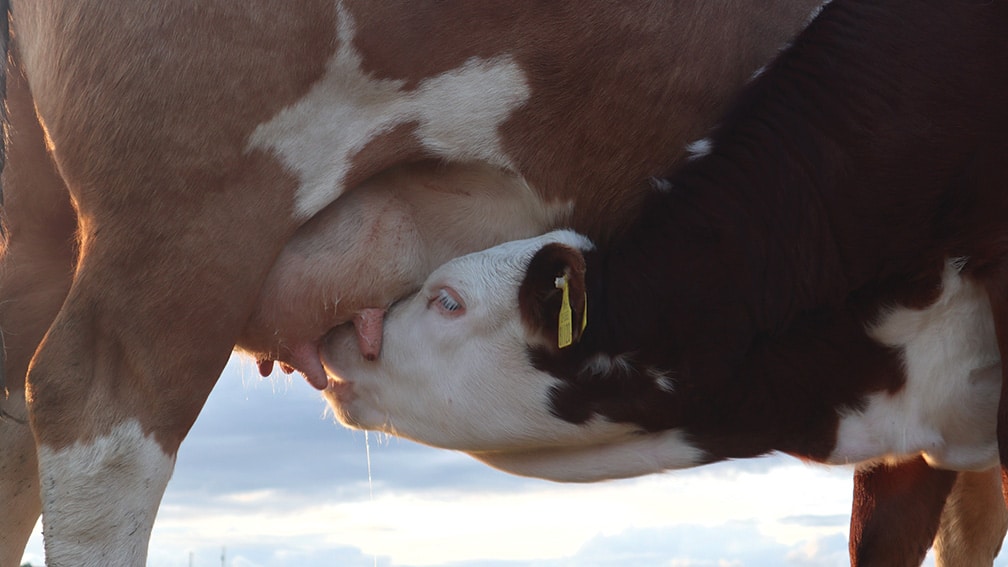My farming life has taught me you have to be prepared for many different possibilities. These can happen over a number of years or at times you have to be prepared for a few eventualities happening on a single day.
There’s times when it feels like you need an alphabet worth of plans and even then that might not be enough. The variables that have to be contended with contribute to this. Weather, price, policy and livestock are among the three greatest uncontrollables in my experience. They are also constants. With that in mind I wasn’t sure what to expect when I returned a missed call from my neighbour a few weeks ago.
“Hi Tommy, the lads said they just saw the bull going up the road.”
Words you never want to hear but it was the news that greeted me. The worst part about getting calls like that is the few minutes it takes you to arrive at the scene of the crime. Those few minutes feel like an eternity and I can never work out if I’m calm or in a state of panic. Regardless, your brain is going 90. Where are they? What have they done? How will I get them back? What have I got in the car that might help?
Luckily I was only a few minutes from home at the time. There was no sign of the animal in question when I arrived, so I did a quick lap around the locality. My neighbor waved me down and informed me the last time he saw the bull it was wandering up the lane way to the guesthouse next door. My face couldn’t have gone a whiter shade of pale on hearing this unwelcome news at half six on a bank holiday Friday evening.
Thankfully this was a bull on a mission. He had sauntered up the guesthouse lane way, disappeared through the trees and jumped the fence back
He proceeded to clear a wire gap and went into the AI group of cows. Drama over.
The offender had been put in a paddock across the road from the main block to facilitate the use of AI. To prevent him doing anything stupid, a group of late calving cows were put with him as babysitters. This plan had worked perfectly in the past. Unfortunately I had a hurdler on my hands. The animal in question made the same trip a week beforehand. Back then he was with the other stock bull but the scent of cows in heat got the better of him so off he went on his own romantic sojourn leaving his companion behind.
The bull in question had come a long way in six months. Photosensitisation had taken hold of him, and blinded, he went through wires and I found him thrown out in a neighbour’s field with his legs in the air last November.
He wasn’t in good enough condition to sell at the time, so the plan was to hold háim through breeding and see how he got on. He wintered well but I’m unsure as to how his fertility will be. With that in mind the back-up plan is to take the young bull from the heifers as a mop up after AI.
A chain was put on the ring in his nose to try and curb his enthusiasm a bit. After running him through the yard I’m not fully sure if his eyesight is still affected. He was a bit unsure of his surroundings and was acting like he was blinded again. While sight may not be his strong point there’s nothing wrong with his sense of smell. Another selection of cows were picked out to mind him and he was cordoned off from the main crew again. It was working, as there was no commotion when I brought in cows for AI on Sunday morning. I spotted him missing that evening and he had found his way back to the cows. Since his cross country adventures he has become lame and he’s not too pushed about following cows at present.
Climate Action Plan
You can take your pick as to what the biggest policy news is at the moment but certainly the most recent and probably far-reaching is the release of the Government’s Climate Action Plan. On first glance it looks like it will target fertiliser and slurry management. It also contains a wider list of 34 actions to transform practices across livestock, soils and forestry in order to ensure Ireland meets its target of reducing greenhouse gas emissions by 10 per cent between now and 2030.
Most actions are inspired by Teagasc’s roadmap, identifying what farmers can do to tackle greenhouse gas emissions and how much it would cost
Speaking on the report Minister for Agriculture Michael Creed told the Irish Farmers Journal that he doesn’t envisage a capping of the cattle herd if all measures are implemented. He said: “This is based on Teagasc projections that the number of dairy cows will increase to 1.6m in 2030 while sucklers will decline to 800,000.”
The plan will require a rethink on current forestry policy. Expectation is that the largest contribution from landowners will be through forestry planting and the re-wetting of 40,000ha of peaty soils to capture carbon dioxide.
The plan gives the Department one year to ‘address barriers’ to afforestation in preparation for the next CAP.
Minister Creed said he is open to options, including changes to the replanting obligation and land eligibility for forestry grants.
While it may appear scary at first, there are plenty of opportunities for farmers. Among these is the opportunity fro farmers to produce energy through solar panels on sheds.
“From 2021 we can sell into the grid the surplus that might be generated on the farm,” said Minister Creed.
“It’s important that farmers are rewarded for the investment they make in that area and the most effective way is to pay them for the energy they generate.”




